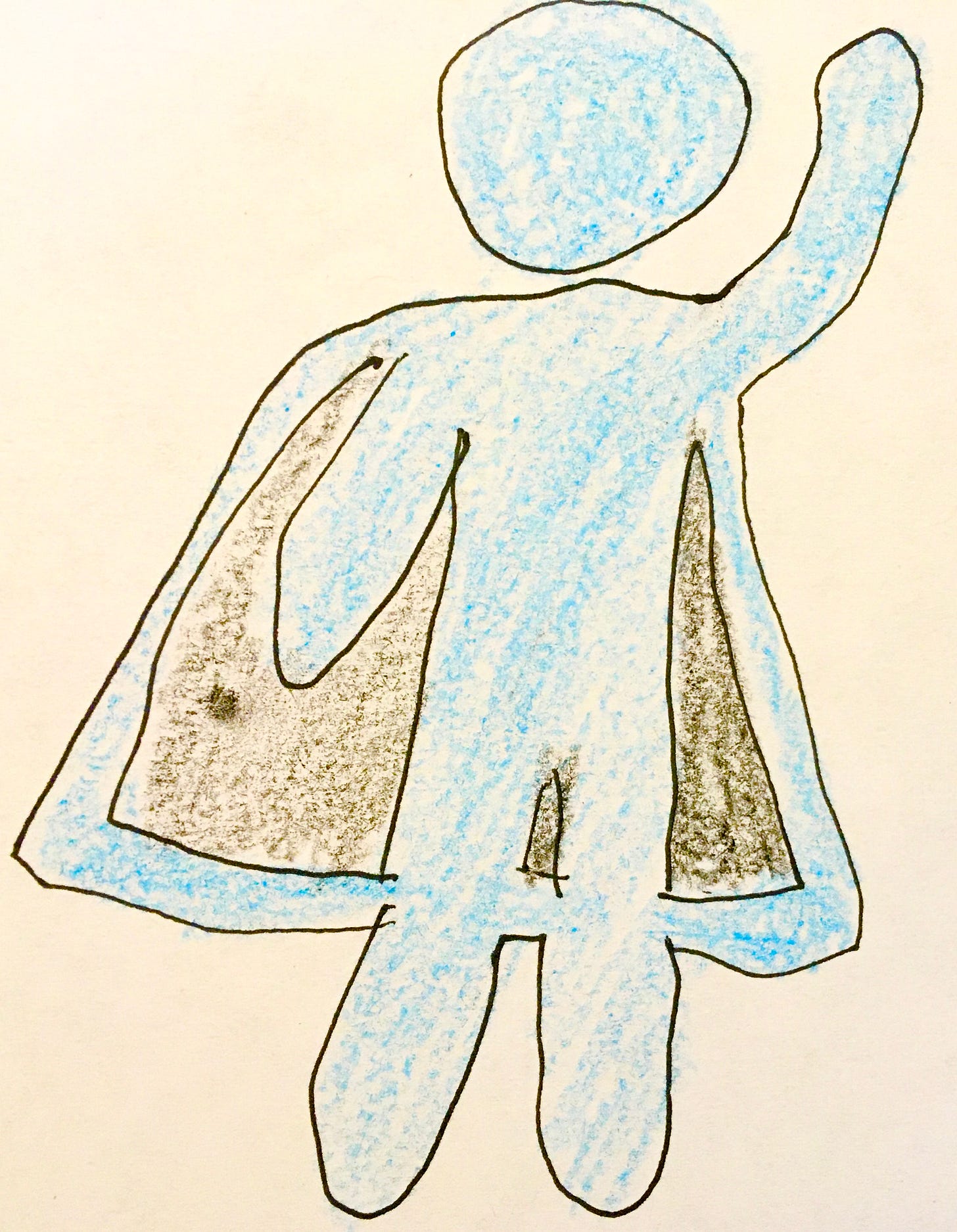Self-Fulfilling Story-Telling & PM Protagonists
If you listen to people, you’ll find that there are patterns in the way they talk about themselves, and you’ve got to be very careful about how you tell these stories, because it starts to become you; you are, in the way you craft your narrative, kind of crafting your character.
Michael Lewis
I wrote last week about public speaking, which is just one dimension of how ideas are communicated. I consider communication to be a must-have skill in the PMs I hire, and one (very powerful) communication device at a PM’s disposal is story-telling. Any product you can think of has stories behind it - the origin story, the release story, etc. And a good PM has to understand that they serve as the protagonist (whether they want to or not) of the story in the eyes of the audience (stakeholders, customers, etc).
There are a bunch of anti-patterns around ineffective storytelling and ways in which PMs can leave potential unfulfilled, opportunity uncapitalized, and markets untapped. But those are obvious in hindsight with any failed product, so I’d rather talk about the paradigms of story-telling a PM can use to position their products and teams for success.
the reluctant leader - this is the PM that has the mantle of leadership thrust upon them, willing to feel exec wrath in order to shield their eng / design team
the neutral spokesperson - this is the PM that has connected the cross-functional dots and uses that to speak with credibility and cohesion
the voice of the user - this PM can’t be argued with, because they are customer obsessed and armed with pithy anecdotes, timeless data, and the rare “anec-data”
the market maker - this PM has such an instinct for market trends, competitor analysis, and black swans that they overwhelm you with the cost of inaction
the righteous crusader - this is the PM that picks a cause (broken window, performance improvement) that rallies an otherwise un-aligned organization
the grizzled veteran - this is the PM that can do hand-to-hand combat with all potential antagonists and just keep chipping away to make incremental progress
the uber-planner - this is the PM that has thought through every dimension of every problem and is worth betting on just based on planning rigor / execution prowess
These archetypes are common enough that the powers that be (executives, investors, etc) recognize them implicitly, and are willing to take bets on a product based on that pattern matching.
So as a PM, keep in mind that:
you serve as the protagonist of your product’s story
clearly communicating that story can be make or break
leveraging a known storytelling device optimizes delivery
Would love to hear from readers on other techniques used to convey product stories…
further reading / references
the leading quote is from a podcast cited in this newsletter
childish drawing / interpretation




